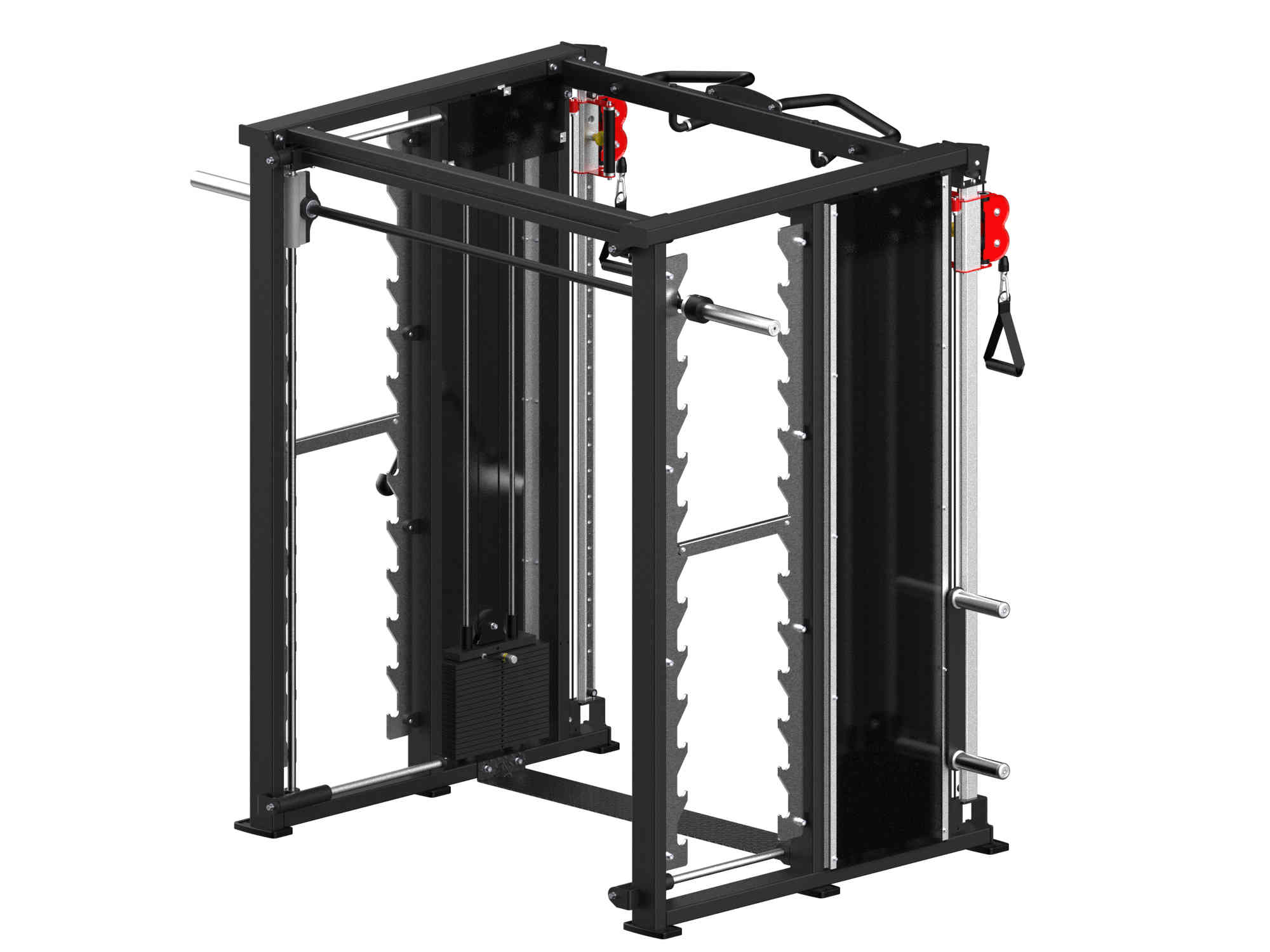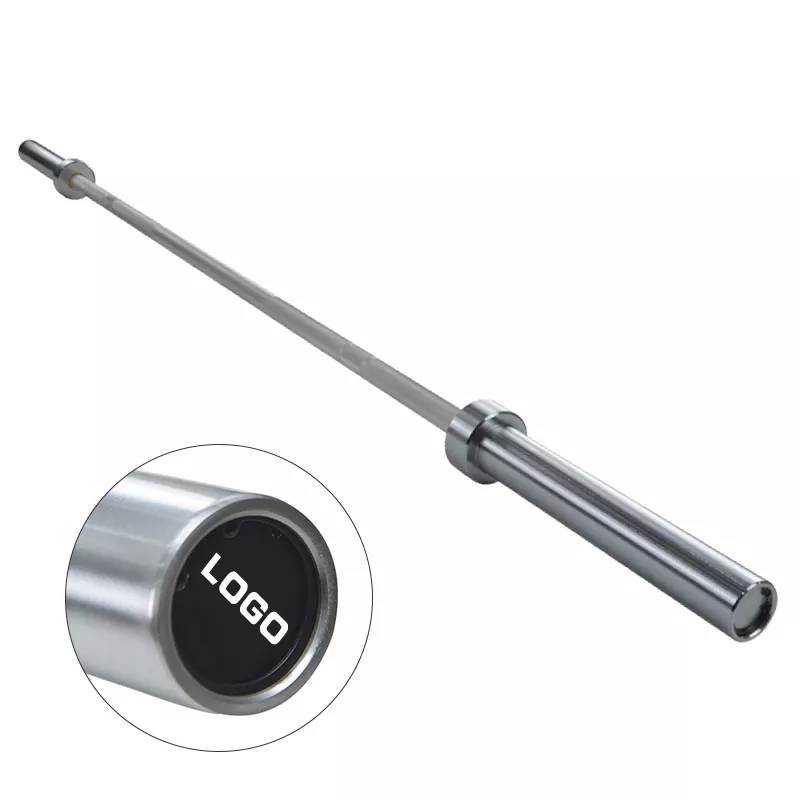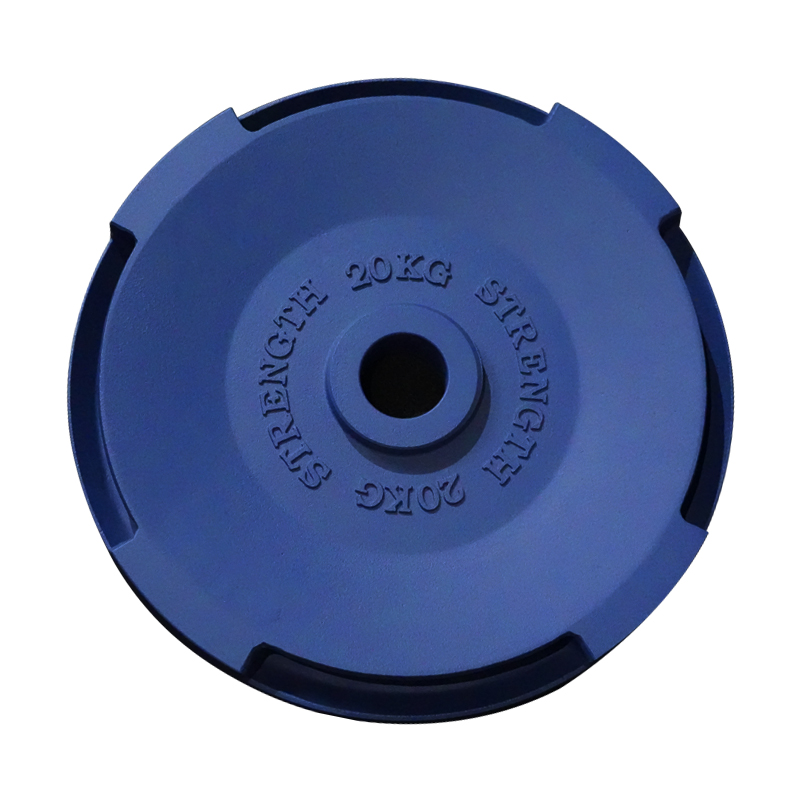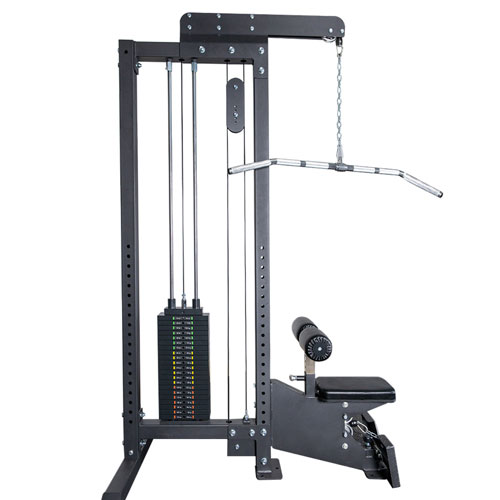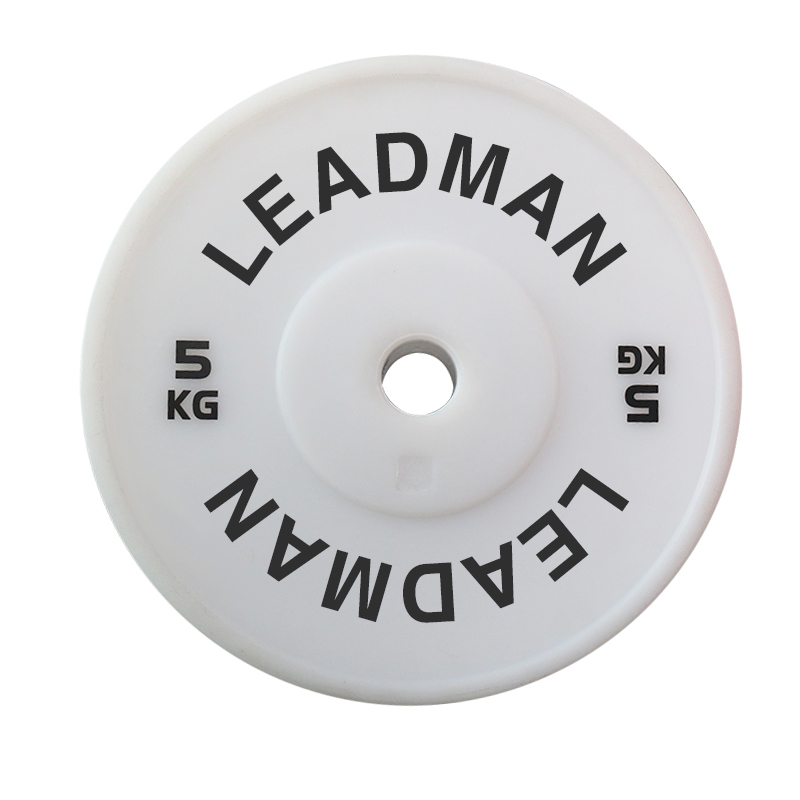Bumper Plates vs Iron Plates : A Cost Analysis Guide
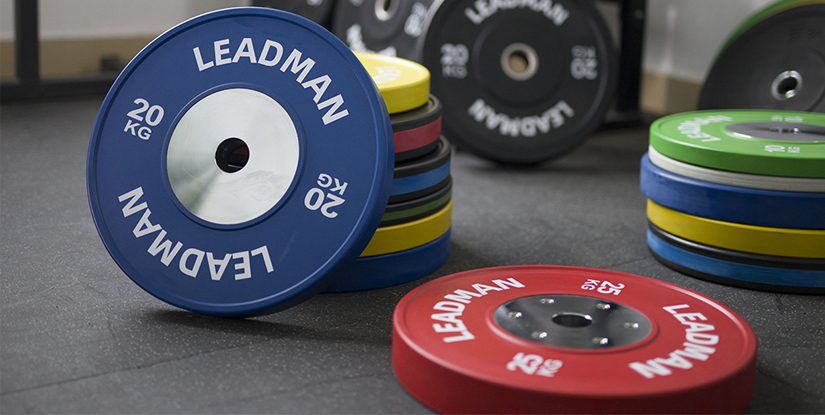
Imagine equipping your gym with weight plates that perfectly balance cost, durability, and performance. You envision a space where every lift feels smooth, safe, and satisfying—whether it's a powerlifter crushing a deadlift or a beginner mastering their first squat. Now, picture the reality: you're faced with a choice between bumper plates and iron plates, and the decision feels like a financial tightrope. Which option saves you money in the long run? Which one fits your gym's vibe and clientele?
For gym owners, coaches, and home fitness enthusiasts, choosing between bumper plates and iron plates isn't just about lifting—it's about investing wisely. Both have their fans and their flaws, but the real question is cost. In this guide, we'll break down the numbers, explore the pros and cons, and help you decide which plate type offers the best bang for your buck. Let's dive in and turn confusion into clarity.
The Struggle: Why This Choice Feels Overwhelming
Let's face it—picking the right weight plates can feel like a high-stakes guessing game. You’ve probably stood in front of a catalog or website, staring at bumper plates with their sleek rubber finish and iron plates with their classic clank, wondering which one won't drain your budget or leave you with regrets. Maybe you've heard horror stories of cracked floors from dropped iron plates or watched bumper plates wear down faster than expected. The stakes are real: a wrong choice could mean higher maintenance costs, unhappy members, or even safety risks.
The struggle isn't just about the upfront price tag—it's about what happens months or years down the line. Iron plates seem cheaper at first glance, but will they hold up in a busy gym? Bumper plates promise versatility, but are they worth the extra investment? With so many variables—durability, usage, and hidden costs—it's no wonder this decision keeps you up at night. Don't worry, though; we're here to cut through the noise with a clear cost analysis.
The Method: Breaking Down the Cost Factors
1. Initial Purchase Cost
Let's start with the obvious: what you pay upfront. Iron plates—typically made of cast iron—are the budget-friendly champs. A standard 45-pound iron plate might cost $1 to $1.50 per pound, so you're looking at $45-$67.50 per plate. Bumper plates, coated in rubber for drop-friendly use, come in higher—often $2 to $3 per pound, or $90-$135 for a 45-pounder. For a gym needing 10 pairs, that's $900-$1,350 for iron versus $1,800-$2,700 for bumpers. Ouch, right? But hold off on the final verdict—there's more to the story.
2. Durability and Lifespan
Durability is where the plot thickens. Iron plates are tough as nails—literally. They can last decades with minimal wear, especially if you're not dropping them often. Bumper plates, designed to be dropped, absorb shock better and protect surfaces, but their rubber can degrade over time—think 5-10 years with heavy use versus iron's near-indefinite lifespan. Replacement costs for bumpers could hit $500-$1,000 every few years, while iron might stay steady.
Want to explore why some bumper plates stand out? Check this out:
3. Maintenance Expenses
Maintenance is a sneaky cost driver. Iron plates can rust if not stored properly, requiring occasional sanding or repainting—maybe $50-$100 annually for a full set. Bumper plates, with their rubber coating, are low-maintenance but not immune to wear. Cracks or tears in the rubber might mean replacing a plate sooner, costing $100-$200 per incident. Proper care can minimize these expenses, but iron's simplicity often edges out here.
For tips on keeping plates in top shape, here's a handy guide:
4. Floor Protection Costs
Here's where bumper plates shine. Dropping iron plates without thick flooring can dent or crack concrete—repairs might run $500-$1,000, plus $200-$400 for decent mats. Bumper plates reduce this risk, potentially saving you thousands over time if your gym sees heavy lifting. For small spaces or home gyms, this could tip the scales in favor of bumpers, even with their higher initial cost.
5. Versatility and Usage
What's your gym's vibe? Iron plates are perfect for traditional lifts—bench presses, squats, deadlifts—where dropping isn't common. Bumper plates thrive in dynamic settings like Olympic lifting, where drops are routine. If your members demand variety, bumpers offer more flexibility, potentially reducing the need for extra gear. This versatility can offset their price by maximizing utility.
Curious about Olympic lifting? This guide dives deep:
6. Resale Value
Thinking long-term? Iron plates hold resale value well—used sets often fetch 70-80% of their original cost due to their durability. Bumper plates, especially if worn, might drop to 50-60% as rubber degradation scares off buyers. If you plan to upgrade or sell later, iron could give you a slight edge financially.
7. Noise and Aesthetics
Not a direct cost, but worth noting: iron plates clank loudly, which might annoy neighbors or require soundproofing ($200-$500). Bumper plates are quieter, enhancing the gym experience without extra expense. Plus, their sleek look can attract members, indirectly boosting revenue—a hidden value that’s hard to quantify but real.
For more on plate types, this comparison is eye-opening:
The Result: Making the Smart Choice
So, who wins the cost battle? It depends on your gym. If you're running a traditional weight room with minimal drops, iron plates are the wallet-friendly pick—lower upfront costs, longer life, and solid resale value. Over five years, iron might total $1,000-$1,500 (plates plus minor upkeep), while bumpers could hit $2,000-$3,000 (including replacements)—but factor in $1,000+ in floor repairs for iron, and the gap narrows.
Picture your gym thriving: lifters hitting PRs, floors intact, and your budget balanced. By weighing these costs—initial price, durability, maintenance, and beyond—you’re not just buying plates; you’re building a foundation for success. Whether you go bumper or iron, you’re now armed with the numbers to lift smart.
Ready to Elevate Your Brand with Custom Bumper Plates?
Custom bumper plates can elevate your brand's presence, deepen client loyalty, and drive growth with a standout identity tailored to your vision.
Discover how Leadman Fitness can craft high-quality, custom bumper plates to amplify your brand. Reach out today for a free quote!
FAQ About Bumper Plates vs Iron Plates
Which is cheaper long-term—bumper or iron plates?
Iron plates often edge out for traditional gyms due to lower initial costs and longevity, but bumper plates can save money in drop-heavy environments by reducing floor damage.
Can I use iron plates for Olympic lifting?
Not recommended—iron plates aren't built for drops and can damage floors or themselves. Bumper plates are the go-to for Olympic lifts.
Do bumper plates wear out faster than iron?
Yes, their rubber can degrade after 5-10 years of heavy use, while iron plates can last decades if cared for properly.
Are bumper plates worth it for a home gym?
If you're into dynamic lifts or have limited flooring protection, yes. For static lifts, iron plates might suffice and save you cash.
How do I maintain weight plates to save costs?
Store iron plates in a dry space to prevent rust, and clean bumper plates regularly to extend their rubber life—simple steps that pay off big.

